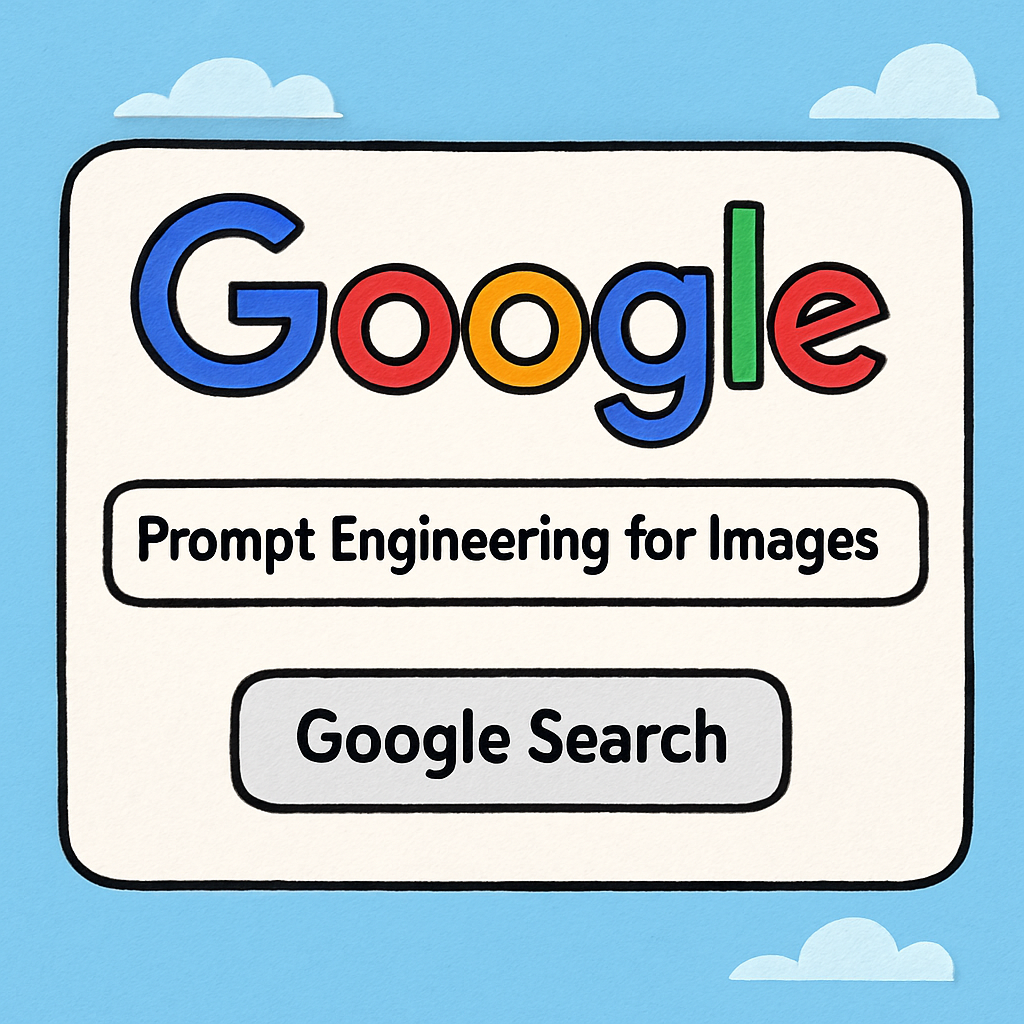 In this session, you will explore how to use words effectively to guide AI in generating images. You will learn to create detailed prompts that help produce the exact images you envision, much like directing a digital artist. This lesson will equip you with the skills to craft precise prompts for impressive results. Throughout, we emphasise the importance of curiosity, enjoyment, and maintaining safety online.
In this session, you will explore how to use words effectively to guide AI in generating images. You will learn to create detailed prompts that help produce the exact images you envision, much like directing a digital artist. This lesson will equip you with the skills to craft precise prompts for impressive results. Throughout, we emphasise the importance of curiosity, enjoyment, and maintaining safety online.
Prompt engineering involves carefully choosing and structuring words to communicate your ideas to AI systems. By refining your prompts, you can achieve more accurate and creative outcomes in image generation. This skill is essential for anyone interested in AI and digital creativity.
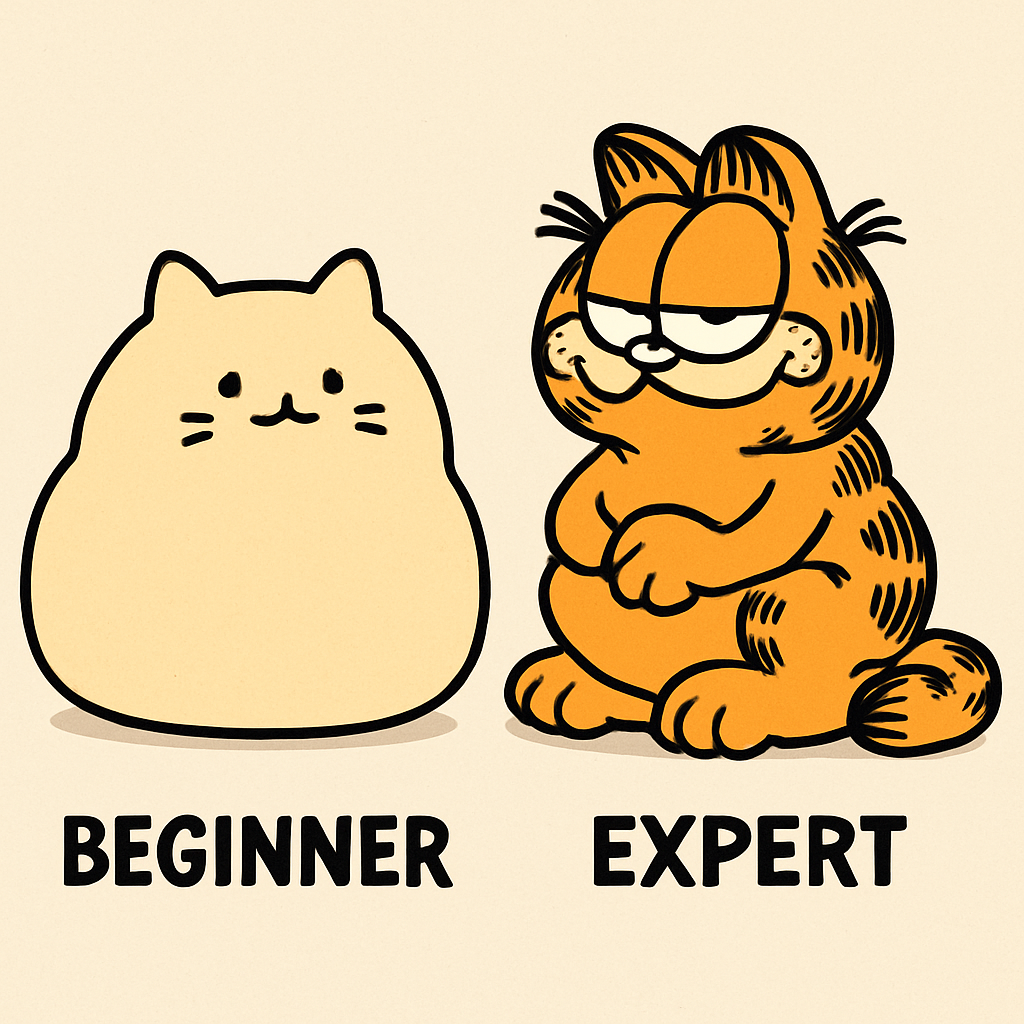 By now you should have explored how artificial intelligence (AI) can transform text descriptions into visual images. This process relies on safe and accessible online tools such as Craiyon, Bing Image Creator, and Canva AI. These tools allow you to input text prompts and generate corresponding images in a secure manner.
By now you should have explored how artificial intelligence (AI) can transform text descriptions into visual images. This process relies on safe and accessible online tools such as Craiyon, Bing Image Creator, and Canva AI. These tools allow you to input text prompts and generate corresponding images in a secure manner.
If you have not yet had the opportunity to experiment with these tools, we recommend doing so at this stage. You should examine basic prompts and observe how they can yield entertaining and varied results. For instance, a simple prompt such as 'a cat' might produce a range of interpretations, from realistic depictions to more abstract ones.
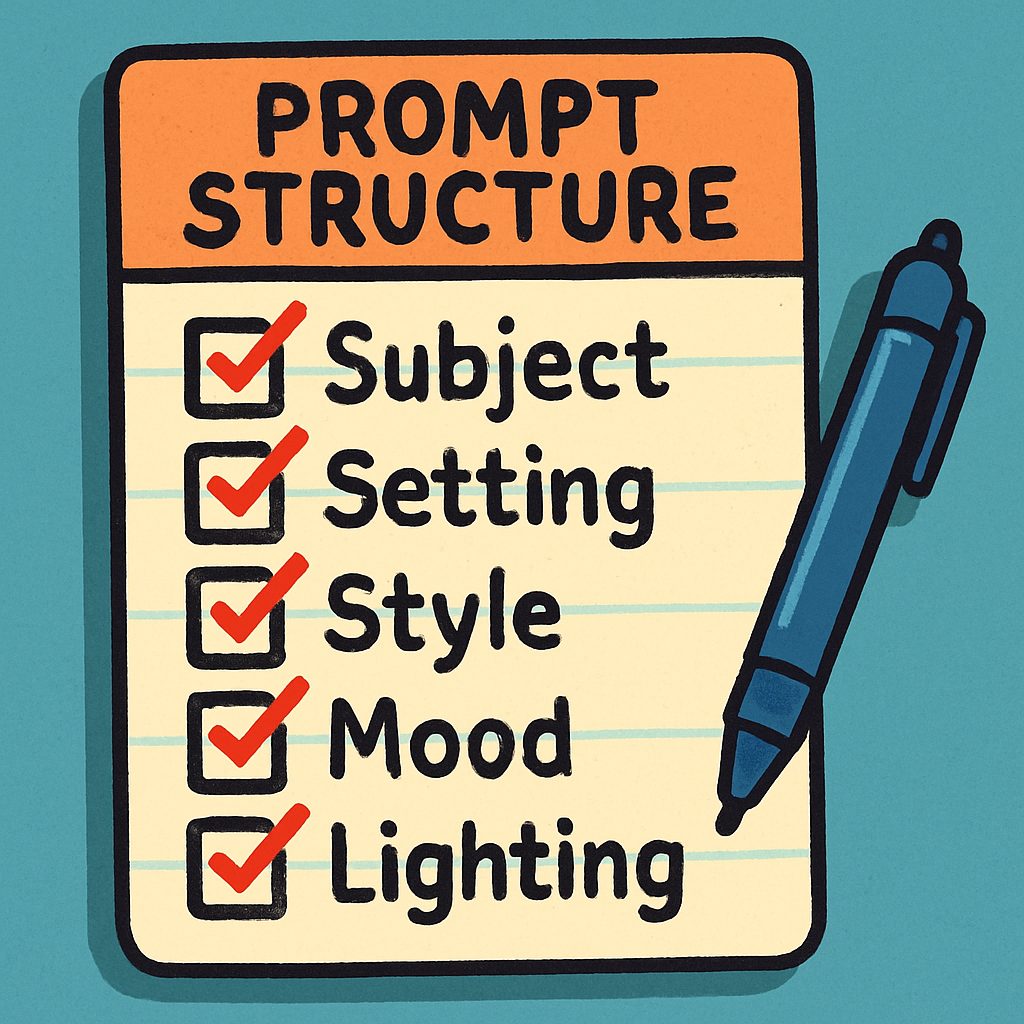 In prompt engineering, the structure of your prompt is essential for guiding the AI to generate the image you envision. Think of a prompt as a clear set of instructions, where each component contributes to the final result. By organising your prompt into key elements, you can achieve more precise and creative outcomes. In this step, we will examine the main components of an effective prompt: the subject, setting, style, mood, and lighting. Understanding these will help you take greater control over the AI's output.
In prompt engineering, the structure of your prompt is essential for guiding the AI to generate the image you envision. Think of a prompt as a clear set of instructions, where each component contributes to the final result. By organising your prompt into key elements, you can achieve more precise and creative outcomes. In this step, we will examine the main components of an effective prompt: the subject, setting, style, mood, and lighting. Understanding these will help you take greater control over the AI's output.
Let us define each component:
For instance, consider this example prompt: 'A fluffy unicorn (subject) in an enchanted forest (setting), in a whimsical cartoon style (style), with a magical mood (mood) under sparkling starlight (lighting)'. This structured approach ensures the AI interprets your instructions accurately.
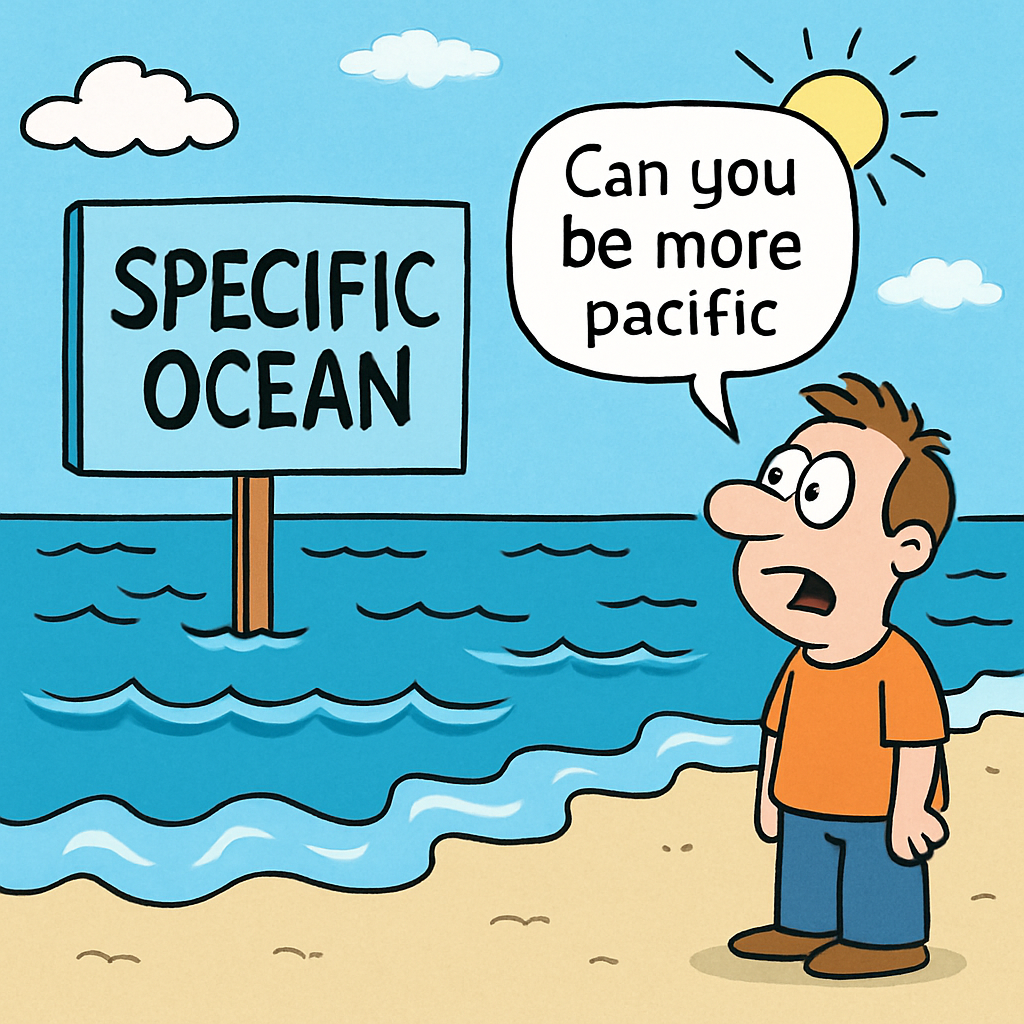 In prompt engineering, the level of detail in your prompt significantly influences the quality and accuracy of the AI-generated image. This step examines the differences between vague and specific prompts, demonstrating how added details can lead to more precise and engaging results.
In prompt engineering, the level of detail in your prompt significantly influences the quality and accuracy of the AI-generated image. This step examines the differences between vague and specific prompts, demonstrating how added details can lead to more precise and engaging results.
A vague prompt provides minimal information, allowing the AI considerable freedom in interpretation. For example, a prompt such as 'a house' might result in a generic or unexpected image, such as a plain building without any distinctive features. This lack of specificity can lead to unpredictable outcomes, as the AI draws from a broad range of possibilities in its training data.
In contrast, a specific prompt includes detailed elements like subject, setting, style, mood, and lighting, guiding the AI towards a more targeted output. For instance: 'A cosy cottage in a snowy village, in watercolour style, with a warm, inviting mood under soft evening light.' This level of detail helps the AI produce an image that closely matches your vision, resulting in a more refined and intentional creation.
Vague prompts often yield broad or random results because they leave much to the AI's interpretation. Specific prompts, however, provide clear instructions, reducing ambiguity and enhancing control over the final image. Consider the example outputs: a simple 'house' might show a basic structure, while the detailed prompt could depict a charming, atmospheric scene. This comparison highlights the importance of precision in achieving desired results.
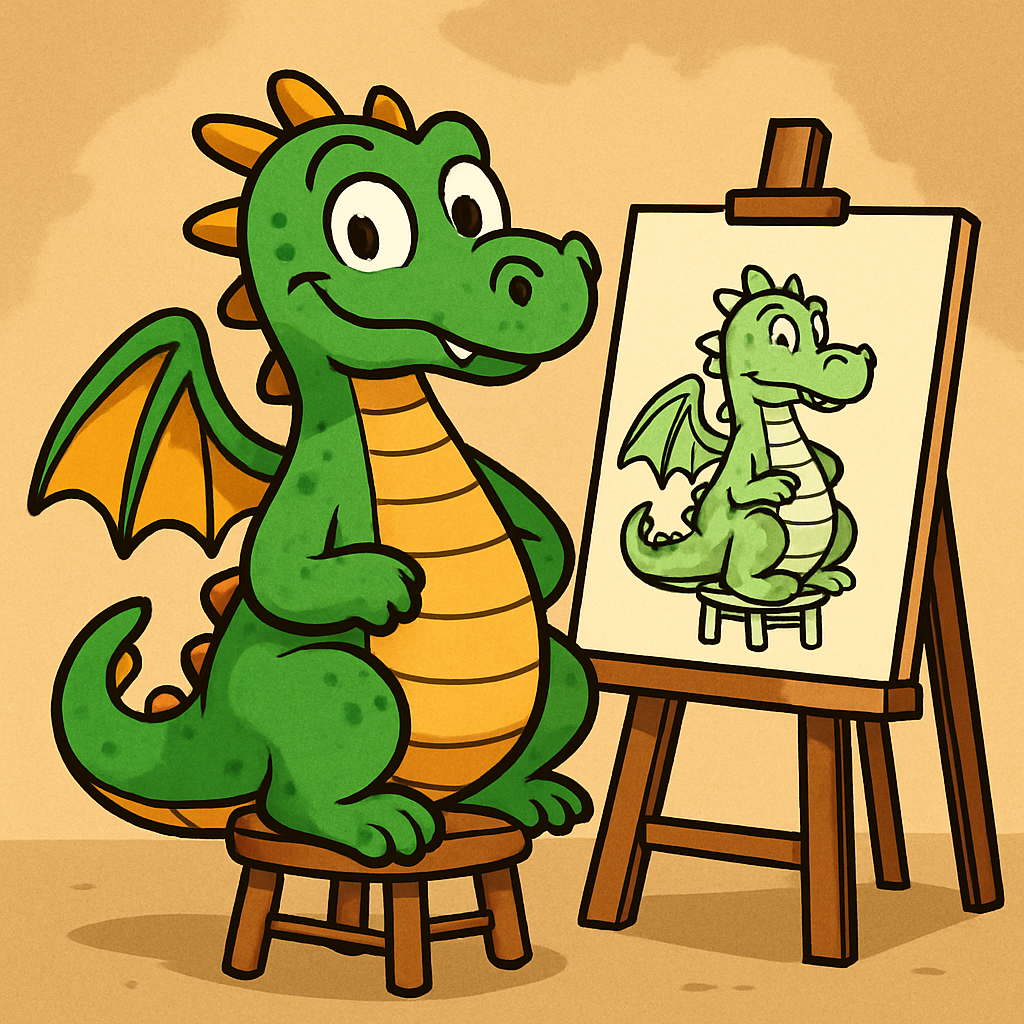 In this activity, you will match components of a prompt to their correct descriptions. This exercise is designed to reinforce your understanding of prompt structure, helping you to identify and apply each element effectively when creating your own prompts for AI image generation.
In this activity, you will match components of a prompt to their correct descriptions. This exercise is designed to reinforce your understanding of prompt structure, helping you to identify and apply each element effectively when creating your own prompts for AI image generation.
To complete the activity, review the list of prompt parts and their descriptions below. Then, use the dropdown menus to match each example to the appropriate component. Once you have made your selections, click the 'Check Answers' button to see if your matches are correct.